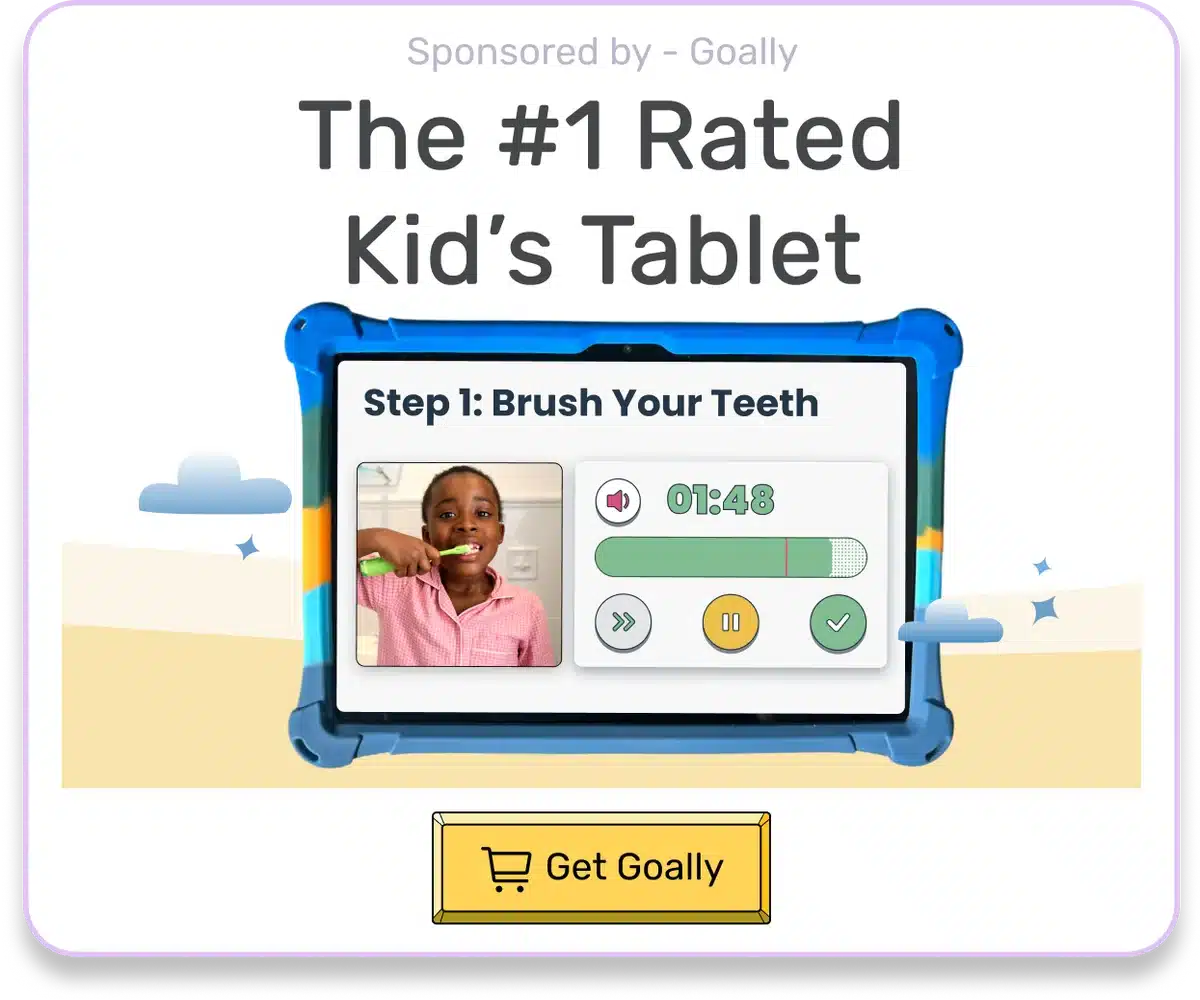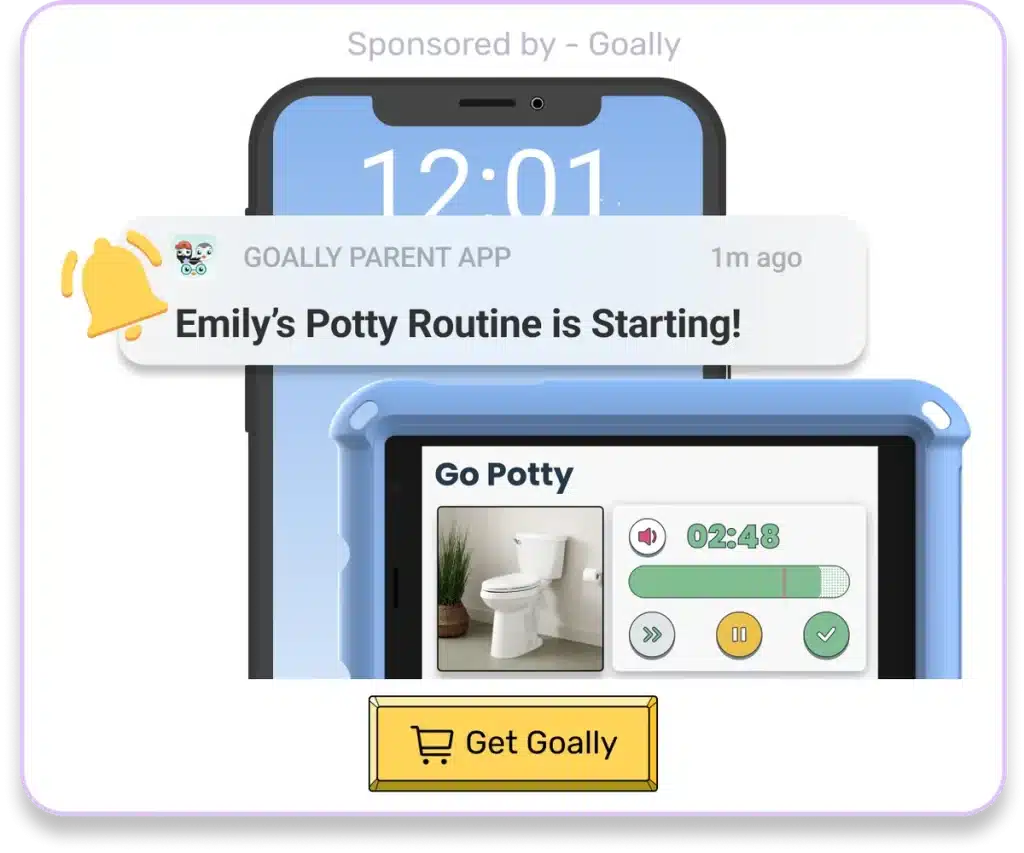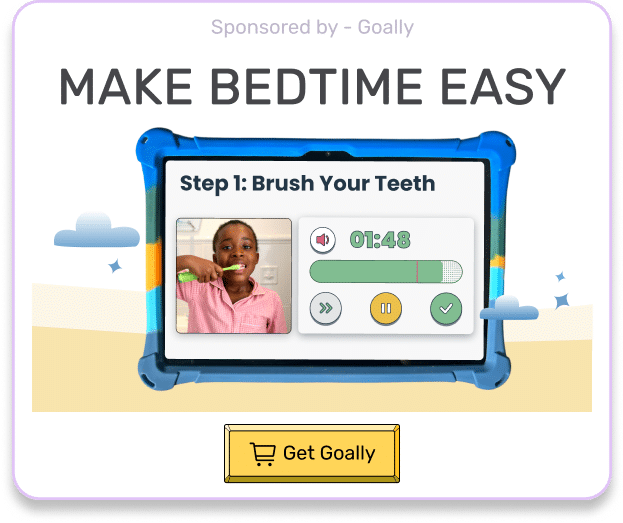Visual support plays a vital role in supporting children with autism, providing them with effective tools to enhance their communication, understanding, and daily routines. These visual supports can significantly benefit autistic children by reducing anxiety, increasing independence, and fostering a greater sense of structure and predictability. In this article, we will explore five types of visual support specifically tailored for kids with autism. Here are a few ways to take those strategies home:
Table of Contents
1. Visual Supports for Redirection
A lot of people use a type of visual support called redirection to help children with autism in a classroom setting. There are different types of redirection support and not every type works for every child. Sometimes you might have to try a few different types to see which one your child responds best to.
A method of redirection support known as a gesture system has proven successful. On occasion, normal instructions may not prove effective when children with autism begin to show disruptive behaviors. In a classroom environment, the use of verbal instructions might highlight the child or cause a distraction for others. The educator can alternatively employ a distinctive gesture to indicate the appropriate behavior to the autistic child. In addition, the classroom could feature a visible list of gestures for the child’s reference.
2. Contingency Maps (Cause and Effect Maps)
Children with autism may have difficulty understanding cause and effect. Using contingency maps with bright pictures can help them comprehend future consequences.
- Create a positive path with pictures of the child doing homework, putting it away, and getting rewarded with playtime.
- Alternatively, create a negative path with pictures of distractions, unfinished homework, and missing out on playtime.
- Contingency maps provide a visual reminder for children who struggle with reasoning and understanding consequences.
Read more: Visual Schedule Apps
3. Visible Rules and Expectations
It’s crucial to establish household rules and expectations for your child, but they may not remember them. That’s normal and you can’t punish your child for forgetting. Work together with your child to make visual reminders of what you want them to do. You can make large posters to put around the house that you can point to when your child is starting to misbehave.

Let your child decorate the poster. If they’re old enough, have them help you write down the rules and expectations. Writing things down may help your child remember them better! If you add a new rule or expectation, make sure that you add it to the poster.
4. Weekly Schedules and Calendars
Making schedules for children with autism is crucial. Neurodivergent children need to know what to expect (even weeks ahead) or they may experience a meltdown. Making weekly schedules and full monthly calendars will help your child stay on track and help them set their own expectations for the weeks and months to come.
Goally | The Safest Tablet for Kids

Read more: Weekly Schedule Template Goally provides a platform to digitally create a schedule or calendar. It offers audio reminders for upcoming events or tasks to your child. Together with Goally's features, you can assist your child in creating their personal schedule or calendar, transforming it into a fun art project. Involving your child in hands-on activities can potentially enhance their memory recall. It's crucial to allow your child some degree of control over their schedule's design. While ensuring to include all the essentials, you might want to let them propose entertaining activities that can take place in the upcoming week or month for inclusion in the calendar. This approach can give the child something exciting to anticipate and possibly boost their motivation.
5. Daily and Mini Schedules
It’s a good idea to have daily and mini schedules for your child in addition to your own bigger schedules and calendars. Breaking down each part of the day into time blocks, even the seemingly insignificant ones, can help children with autism stay on track and have a sense of structure.
It’s important to break down tasks with multiple parts too. For example, getting dressed for school might have individual steps like finding pants, putting them on, finding a matching shirt, putting it on, taking off pajamas, and putting them in the hamper. The specific steps might vary for each child. If your child struggles with reading, including helpful pictures with the instructions can be beneficial. You could even consider making or buying magnets with pictures of task-related items to easily create a new schedule every day.
Goally | Routines that Actually Work
Goally’s skill building tablet for kids has routines that break down large tasks into small, achievable steps. It helps kids complete their tasks independently!

Create custom routines with your own videos & pictures for every step. The steps come in small, bite-sized pieces to help your child learn the little fundamentals (like putting the toothpaste on their toothbrush!) to achieve bigger goals. And that’s just the beginning. See it in action:
Visual Supports Are Crucial for Children With Autism
Visual supports will change the way that your child navigates and understands the world around them. Neurodivergent brains are different. Your child can understand you as long as you meet them where they are. Are you looking for a new way to support your child with autism or ADHD? Goally is here to save the day! We offer a variety of tools that can help your child navigate the world and stay on track (bonus, you can even reward them for it). Check out our pricing plan or try a free demo today.
FAQs About Visual Support Autism
What are visual supports for autism? Visual supports are tools and strategies that use visual aids to help individuals with autism understand and navigate their environment. They can include things like pictures, symbols, gestures, schedules, and social stories. How can visual supports benefit individuals with autism? These can help individuals with autism better understand and communicate their needs, reduce anxiety and challenging behaviors, increase independence and self-regulation, and improve overall functioning in everyday life. What are some common types of visual supports for autism? Some common types of visual supports for autism include picture schedules, visual timers, social stories, emotion cards, communication boards, and visual aids for sensory processing. How do you determine which visual supports are right for an individual with autism? Choosing the right visual supports for an individual with autism includes: assessing their level of understanding and communication, identifying any challenges or triggers, and involving them in the process of selecting and using visual supports. Can visual supports be used for individuals with autism of all ages? Yes, visual supports can be used for individuals with autism of all ages, from young children to adults.
This post was originally published on 02/17/2022. It was updated on 12/21/2023.

Goally
We help parents teach their kids life skills, like doing bedtime and morning independently. Backed by science, we incorporate evidence-based practices and expert-informed designs in all of our apps and content.







